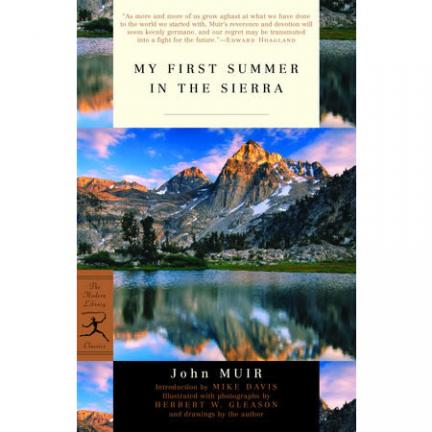

"Muir has profoundly shaped the very categories through which Americans understand and envision their relationships with the natural world," writes Holmes. As a result, his writings are commonly discussed in books and journals, and he is often quoted by nature photographers such as Ansel Adams. Holmes, believes that Muir has become "one of the patron saints of twentieth-century American environmental activity," both political and recreational. He is today referred to as the "Father of the National Parks" and the National Park Service has produced a short documentary about his life.

The spiritual quality and enthusiasm toward nature expressed in his writings inspired readers, including presidents and congressmen, to take action to help preserve large nature areas. Congress for the National Park bill that was passed in 1890, establishing Yosemite and Sequoia National Parks. In his later life, Muir devoted most of his time to the preservation of the Western forests. Other such places include Muir Woods National Monument, Muir Beach, John Muir College, Mount Muir, Camp Muir and Muir Glacier. One of the best-known hiking trails in the U.S., the 211-mile (340 km) John Muir Trail, was named in his honor. The Sierra Club, which he founded, is now one of the most important conservation organizations in the United States.

His activism helped to preserve the Yosemite Valley, Sequoia National Park and other wilderness areas. His letters, essays, and books telling of his adventures in nature, especially in the Sierra Nevada mountains of California, have been read by millions. John Muir (1838 – 1914) was a Scottish-American naturalist, author, and early advocate of preservation of wilderness in the United States.



 0 kommentar(er)
0 kommentar(er)
